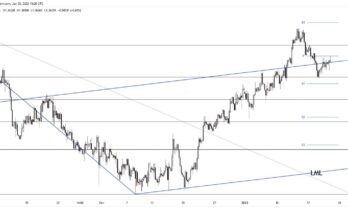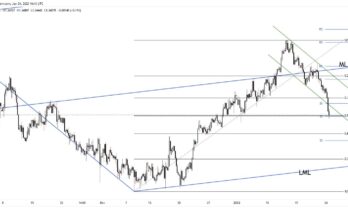The raft of data released in China overnight surpassed expectations, with the main GDP number rising 7.0% YoY, steady vs. the first quarter and firmer than then 6.8% anticipated. The data gave a small lift to the Aussie, but otherwise was brushed aside. Interestingly, the statistics office came out to defend the accuracy of the data. Meanwhile, the Shanghai Composite was softer, keeping intact the very weak relationship between stocks and the underlying economy. There is much on the agenda today, with the Greek parliament facing a parliamentary vote on the bailout deal agreed on Monday. Interestingly, the IMF has suggested even more debt relief is needed and that it may walk away from any involvement in the current deal if this is not seen. This is not that that surprising, as the IMF has become increasingly politicised by the whole process in Greece and the gap between politics and economy reality has widened to an irreversible degree.
For today, it’s worth keeping an eye on Canada, where expectations appear split on the likelihood of a further rate cut. Recall that they were one of the first to throw in a surprise rate cut early in the year (Jan 21st) when rates were cut to 0.75%. At the time, the Bank cited a weaker outlook for the Canadian economy as one of the factors warranting lower rates. Since then, the growth outlook has fallen to the disappointing side and the market has shifted to largely price in a further easing. Such a move could well push USDCAD through the highs of the year (currently 1.2835 seen back in March), with the weaker oil price also likely to put further downward pressure on the Canadian currency.
Further reading:
US retail sales fail to meet expectations
Greek crisis – all the updates in one place



